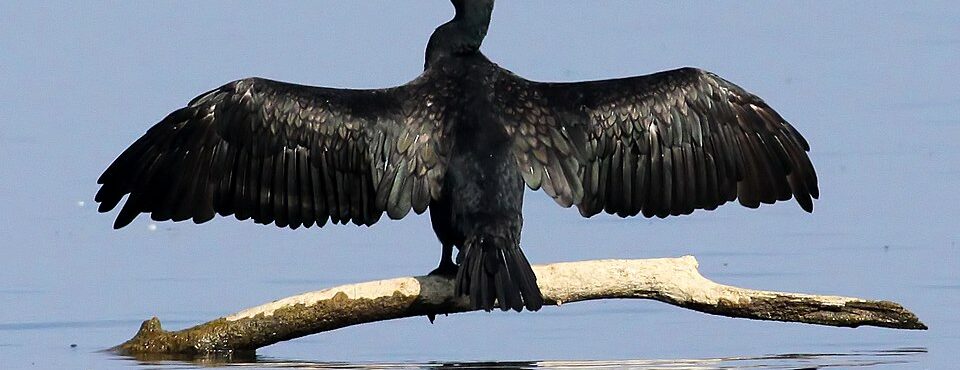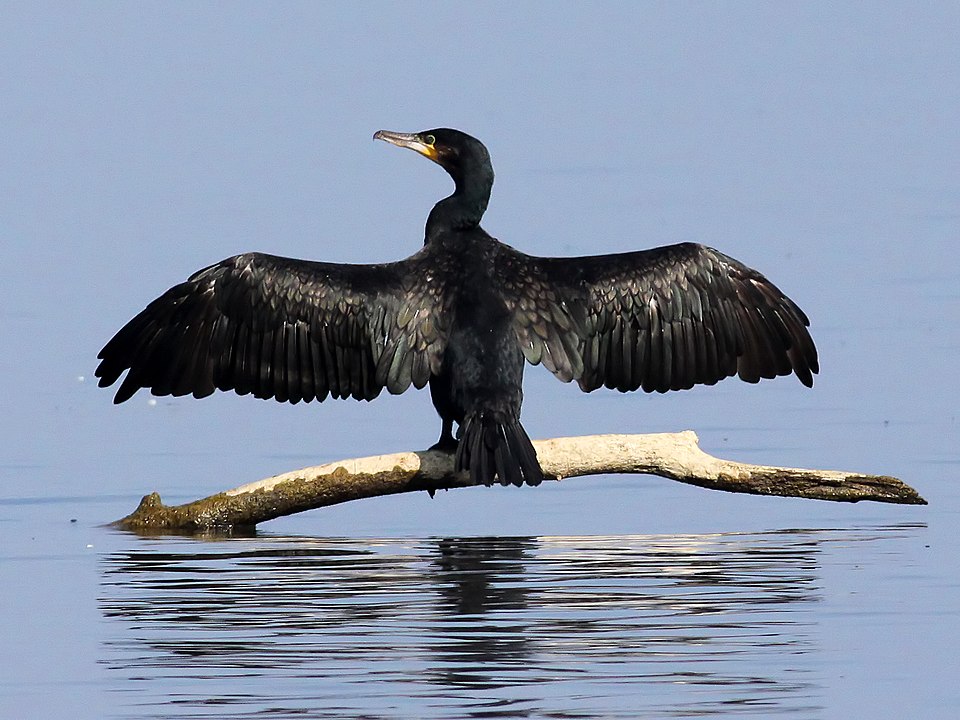
We reject the UN European Cormorant Management Plan
-
Biodiversity - Flyways
Over the past two months, the UN Food and Agriculture Organisation (FAO)’s European Inland Fisheries and Aquaculture Advisory Commission (EIFAAC) has introduced drafts for a European Cormorant Management Plan. Conservation organisations, including Wetlands International Europe, flatly dismissed these drafts due to their subpar quality, biased perspective on the matter and the incompatibility of the proposed mass culling with the provisions of the EU Birds Directive.
The Great Cormorant (Phalacrocorax carbo) has frequently been at the centre of controversy, particularly concerning its interactions with fisheries and fish populations. Fishermen often view the cormorant as a competitor for limited fish resources, leading to calls for population control. This conflict is further exacerbated by perceptions that cormorants are responsible for declining fish stocks. However, it is crucial to note that the International Union for Conservation of Nature (IUCN) does not assess predation by Great Cormorants as a significant issue for most of the threatened fish species in Europe, compared to river fragmentation and pollution.

Wetlands International Europe recognises the need for a harmonised, science-based approach for managing waterbird species that cause significant damage to agriculture and fisheries.
Still, we firmly believe this should happen in full compliance with all the relevant EU and international legislation. In the past, we supported developing and implementing the management plans for the Barnacle Goose, the Svalbard population of the Pink-footed Goose and the Northwest/Southwest European population of Greylag Goose under the Agreement on the Conservation of African-Eurasian Migratory Waterbirds (AEWA). These plans were developed at the request of the AEWA Contracting Parties, coordinated by its Secretariat as mandated by the Agreement, and governed by the multi-stakeholder European Goose Management Platform consisting of the competent national authorities of the range states. Those plans have been developed through a series of multi-day meetings with proper representation of the competent authorities and other stakeholder groups. They were adopted by the AEWA Meeting of Parties.
Unfortunately, the European Cormorant Management Plan is different. This plan is being developed by EIFAAC, an advisory commission of the FAO that promotes European inland fisheries and aquaculture interests but has no mandate to coordinate the management of Great Cormorants.
Trusting Great Cormorant management to EIFAAC is like trusting the cabbage to the goat”, says Szabolcs Nagy, the Biodiversity Manager of Wetlands International Europe.
This conclusion is proven by the fact that only fisheries experts wrote the plan; no ornithologists or conservation experts are among the authors. Unsurprisingly, the plan highly exaggerates the numbers of the European Great Cormorant population and the damages they cause, and completely neglects the conservation needs of cormorants and other co-existing species. Most importantly, the plan is inconsistent with the provisions of the EU Birds Directive concerning the management of Great Cormorants. Although the Birds Directive allows derogations from its strict protection that prohibits the deliberate killing, capture, or disturbance of birds, the Cormorant Management Plan proposes compulsory culling of cormorants and destruction of their nests in all European countries under a fast-tracked, standardised derogation process.
This approach not only resembles Mao Zedong’s ill-fated campaign against sparrows, but this top-down, prescriptive approach not only imposes huge management costs on the range states without being sufficiently consulted, it also contravenes subsidiarity principle followed by EU and international environmental law, that entrust national authorities with the responsibility to evaluate justifications for derogation on a case-by-case basis, ensuring geographic and temporal appropriateness, verifying the absence of alternative solutions, and safeguarding the species’ favorable conservation status.
Therefore, we encourages the European Parliament to uphold the provisions of the Birds Directive and reject the European Cormorant Management Plan. Instead of waging war on wildlife, the focus should be on restoring river connectivity, wetland habitats and improving the economic viability of conservation-friendly inland fisheries.
